The Hawaiian Islands offer a Pacific Ocean paradise with breathtaking beauty. Hawaii also has incredible geological history born of volcanic activity. But its origin story is far more complex and fascinating when you dig deeper into how and when Hawaii was formed. The birth of the Hawaiian Islands is a wild adventure of volcanic eruptions and astonishing shifts in the earth’s design below the sea.
Imagine you’re floating on a cloud above Hawaii’s location in the Pacific Ocean millions of years ago. You have a pair of magical glasses that allow your vision to penetrate the earth’s surface below the water to see Hawaii take shape.
Be sure to dress for high heat because we’re about to explore one of the hottest historical hotspots known to man. It’s a hotspot that led to a brilliant chain of events that eventually formed the Hawaiian Islands.
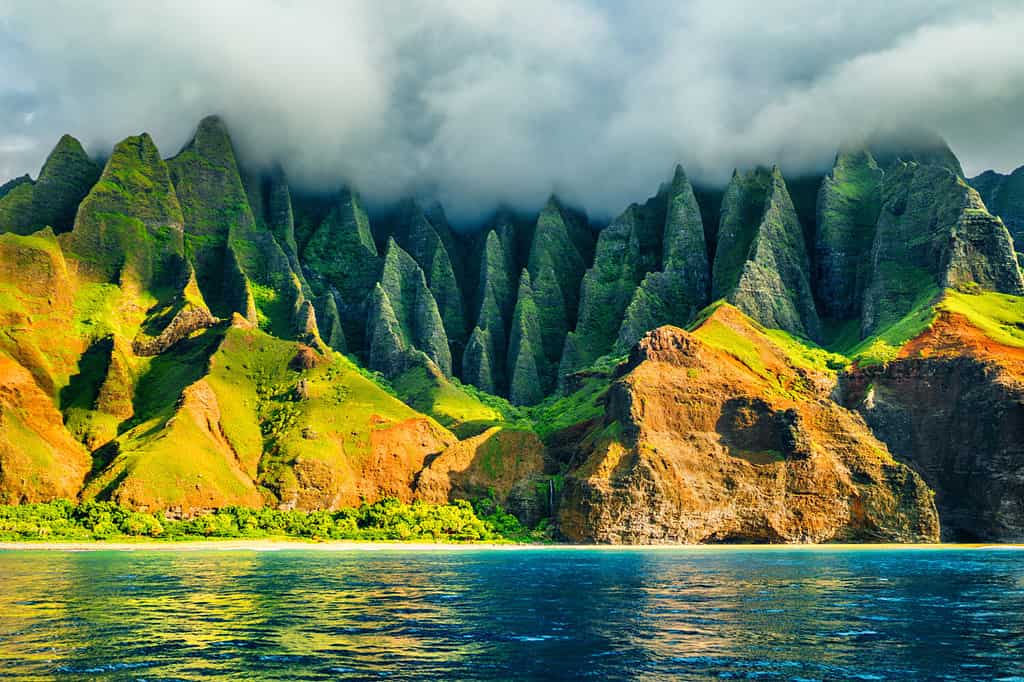
Kauai is the oldest major Hawaiian island, formed over five million years ago.
©Maridav/Shutterstock.com
How and When Hawaii Was Formed: The Adventure Begins
Hawaii was formed roughly 65 million years ago when lava erupted from a hotspot in the earth’s crust below the Pacific Ocean. According to scientific research, the resulting active volcanos eventually grew higher and higher. These growing masses of molten rock formed seamounts (underwater volcanic mountains) that rose above the ocean’s surface to form the islands.
Hotspots Defined
What is a volcanic hotspot? It’s an area in the Earth’s mantle (the layer below the outer crust) with higher heat than its surroundings. The heat from a volcanic hotspot rises through a process called convection and melts the brittle rock it meets along the way.
When rock inside the earth melts, it becomes magma. Then, when hot magma pushes up through the earth’s surface, it forms volcanoes.
A Moving Creation
Hotspot volcanoes don’t stay in one place. They are slowly moving structures because these volcanoes are attached to moving tectonic plates below.
So when Hawaii was forming, the shifting Pacific Plate caused the attached hotspot volcanoes to shift along the ocean floor. This geological action is a big reason why Hawaii is a series of islands formed apart from each other. Additionally, some of these islands emerged millions of years later in the fascinating story of how Hawaii began.
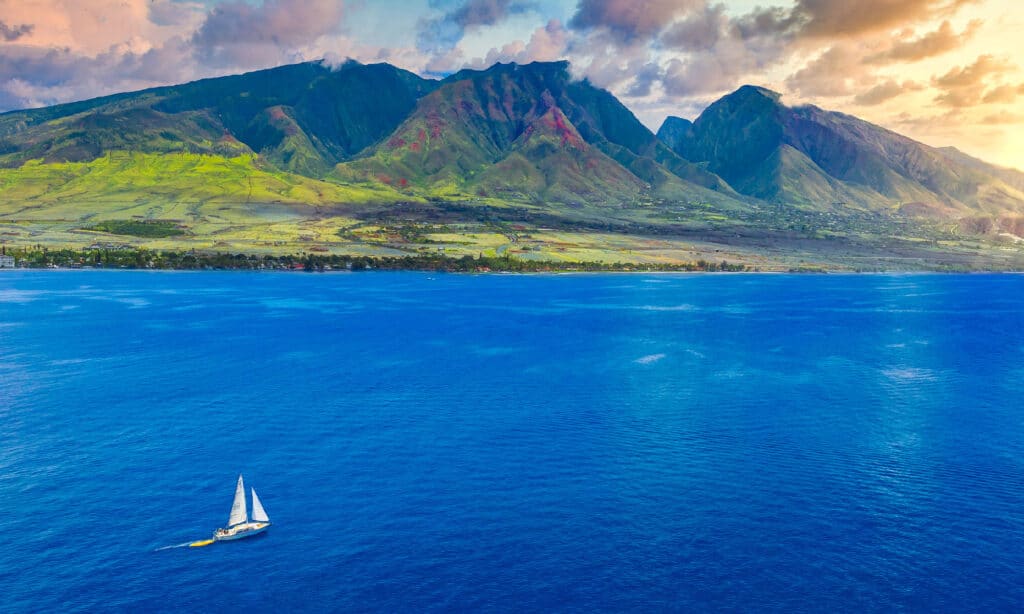
The Big Island is the youngest of the eight major Hawaiian Islands at 0.7 million years old.
©iStock.com/Jonathan Ross
How a Tectonic Plate Moved Hawaii’s Story Forward
A tectonic or lithospheric plate is an enormous slab of rock in the Earth’s crust or lithosphere. The Pacific Plate is one of the largest tectonic plates in existence. It spans about 40 million square miles of the Pacific Ocean’s 63 million square mile basin.
The theory of Plate Tectonics describes how (and how quickly) plates in the Earth’s crust move. The Pacific Plate below Hawaii moves northwest roughly 3-4 inches annually.
Here today, gone tomorrow?
This constant tectonic plate movement means the Hawaiian Islands look different today than they did in their beginning. As the Pacific Plate moved through millions of years, some of the original islands shifted away from the hotspot, and new ones appeared.
Thus, as the Pacific Plate keeps creeping northwest a few inches per year, the Hawaii of today will look very different millions of years from now. Plus, Hawaii’s active volcanos may cause additional major changes for these islands over time.
Now that’s what we call a cliffhanger!
Can you guess which of the modern islands in Hawaii’s origin story came first? Keep reading to learn about the Hawaii timeline.
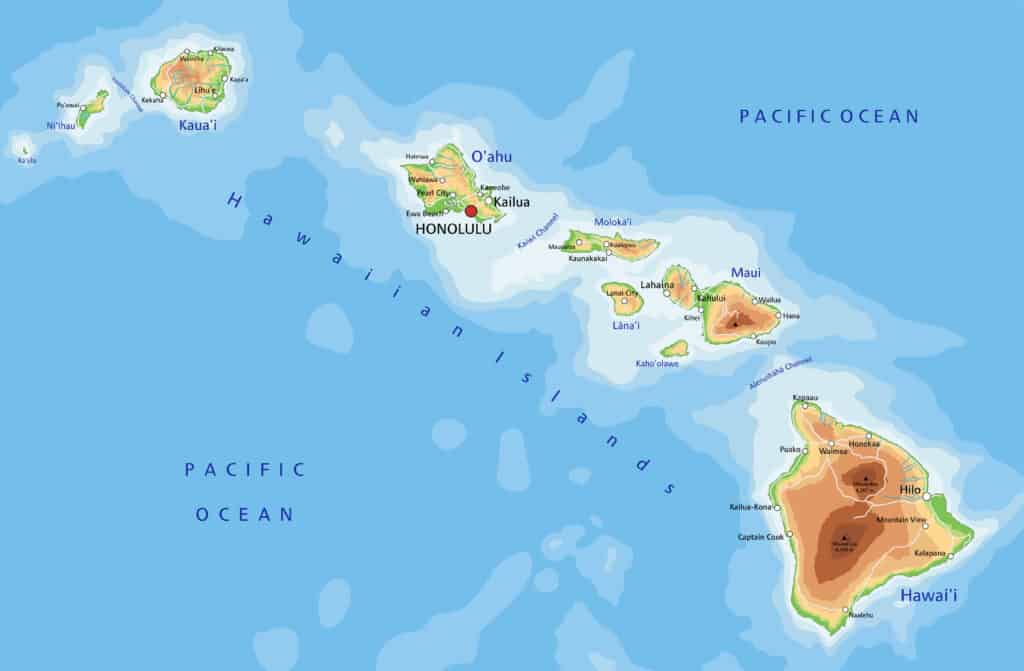
The eight major Hawaiian Islands formed millions of years apart.
©Bardocz Peter/Shutterstock.com
Which Hawaiian Islands are the oldest?
It’s fascinating to learn that Hawaii’s islands of today formed millions of years apart. Though Hawaii encompasses 137 islands total, including islets and coral reefs, the eight largest ones are the most recognized.
See the table below for the approximate age of the eight major islands in Hawaii’s archipelago (chain of islands), from oldest to youngest.
| Hawaiian Island | Age |
|---|---|
| Kauai | 5.1 million years old |
| Niihau | 4.9 million years old |
| Oahu | 2.2 to 3.4 million years old |
| Molokai | 1.3 to 1.9 million years old |
| Lanai | 1.3 million years old |
| Maui | 0.8 to 1.3 million years old |
| Kahoolawe | 1 million years old |
| Big Island of Hawaii | 0.7 million years old |
Geological patterns show that volcanic islands eventually decrease in size and erode. This pattern explains why the youngest islands are typically the tallest. For example, The Big Island of Hawaii (the youngest major island) is 13,796 feet tall at its highest point. However, Kauai (the oldest major island) is 5,148 feet tall.
This geological pattern also provides another reason why Hawaii is still changing as her older islands diminish and newer ones rise up over thousands (or millions) of years. And why the incredible story of Hawaii’s formation might never be complete.
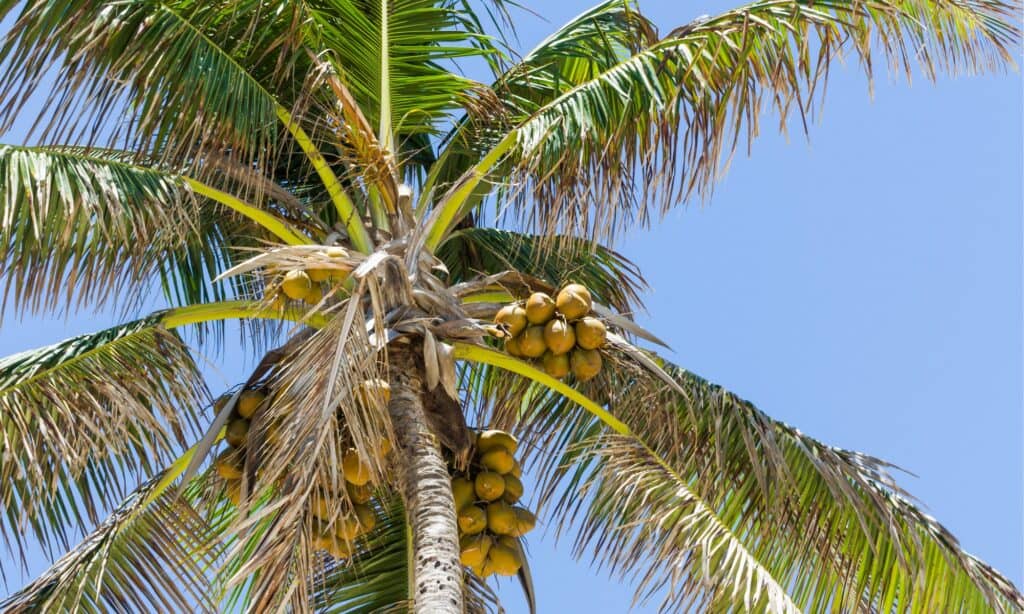
Polynesians were the first settlers in Hawaii and planted the first coconut trees on Hawaiian soil.
©iStock.com/Thiago Santos
The Story of the Earliest Hawaiians
According to the National Park Service, the first settlers on the Hawaiian Islands were Polynesian voyagers from the Marquesa Islands in French Polynesia. The story of how and when Hawaii was formed wouldn’t be complete without the arrival of Polynesians and their culture between 1000-1200 AD.
These earliest Hawaiians brought animals to the islands, like pigs, dogs, and chickens. They also brought some very important saplings and seeds that would change the landscape. Polynesians planted the first non-native crops in Hawaii, including banana trees (mai’a), coconut trees (niu), and sugar cane (ko).
During their first 500 years, the earliest Hawaiians developed a caste system with strict laws that made life challenging for many people. For example, men and women weren’t allowed to eat together. And people in the lower levels of the caste system often had the toughest lives as hardworking fishermen, farmers, and builders.
Today, Hawaii natives are a diverse group of people, with nearly half of the population of Polynesian descent. They’re all essential characters in the unfolding story of Hawaii.
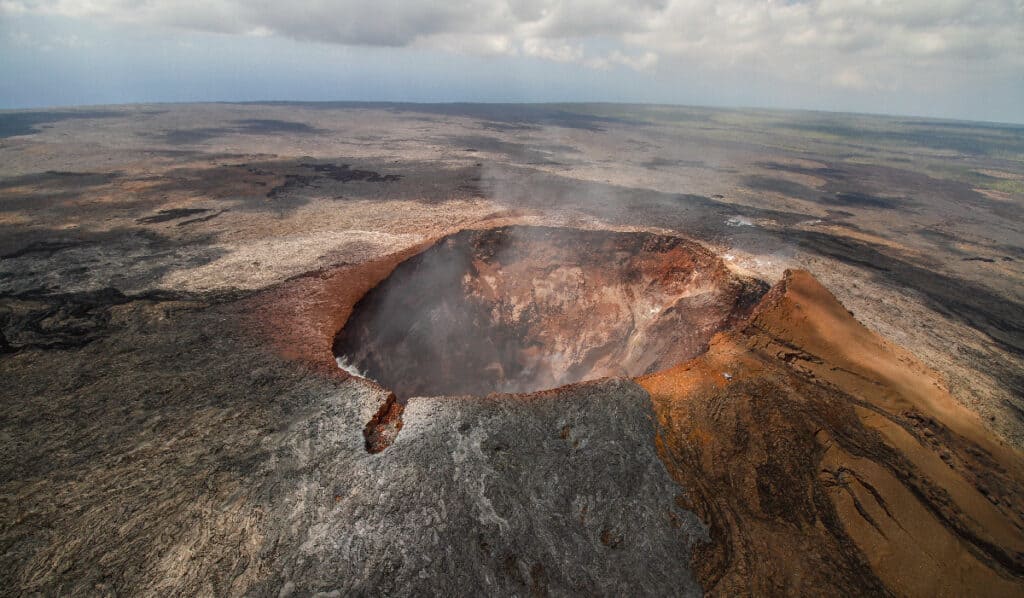
Hawaii has many active volcanoes, including Mauna Loa on The Big Island.
©iStock.com/CStorz
The Plot Thickens: Will ocean volcanos become new islands?
Submarine volcanoes are active volcanoes that are fully emerged in water. Will some of the submarine volcanoes near Hawaii eventually rise above the sea’s surface and form new islands? It’s possible! It may even be probable.
For example, the Kamaʻehuakanaloa Seamount (formerly known as the Lōʻihi Seamount) is one such submarine volcano that could someday earn island status. It currently sits 22 miles Southeast of The Big Island of Hawaii and reaches 3,200 feet below sea level. It’s also a hotspot volcano attached to the Pacific Plate.
Every time Kamaʻehuakanaloa Seamount erupts underwater, it grows in size. For this reason, scientists predict that it could rise high enough to become a Hawaiian Island in 10,000-100,000 years.
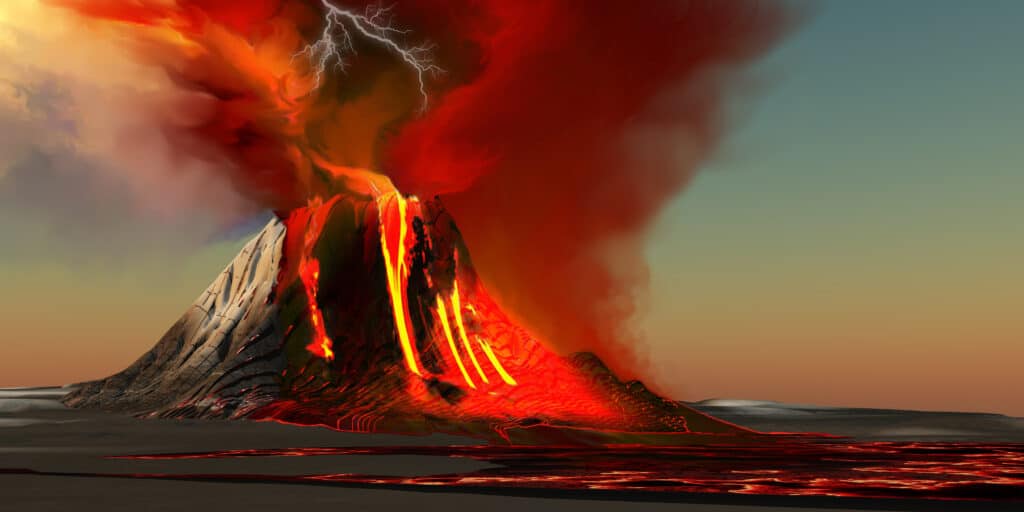
Hawaii’s volcanoes, like Kilauea, have been changing the landscape of the islands for millions of years.
©Catmando/Shutterstock.com
The story of Hawaii’s formation is a page-turner, then and now
How and when Hawaii was formed is a captivating tale of volcanic eruptions, Pacific Plate movements, and, eventually, the arrival of Polynesian culture. But Hawaii’s story continues as her islands keep changing. She has multiple active volcanoes that, when they erupt, continue morphing the landscape. And Hawaii’s shifting land masses attached to the Pacific Plate keep inching their way across the sea.
For these reasons and many more, Hawaii is an ever-evolving tropical paradise with a compelling story. We’re excited for all her chapters to come!
The photo featured at the top of this post is © Shane Myers Photography/Shutterstock.com
Thank you for reading! Have some feedback for us? Contact the AZ Animals editorial team.







